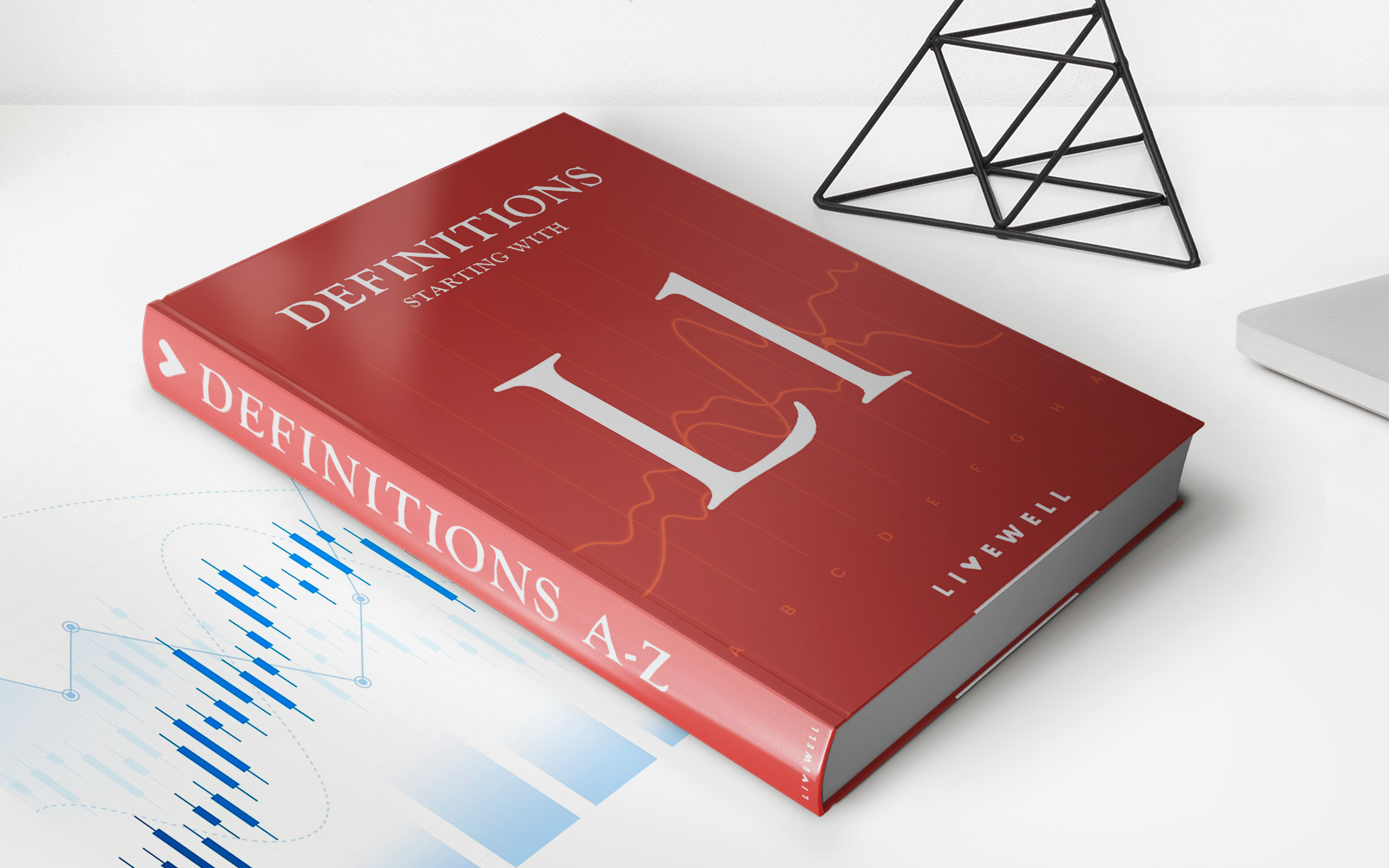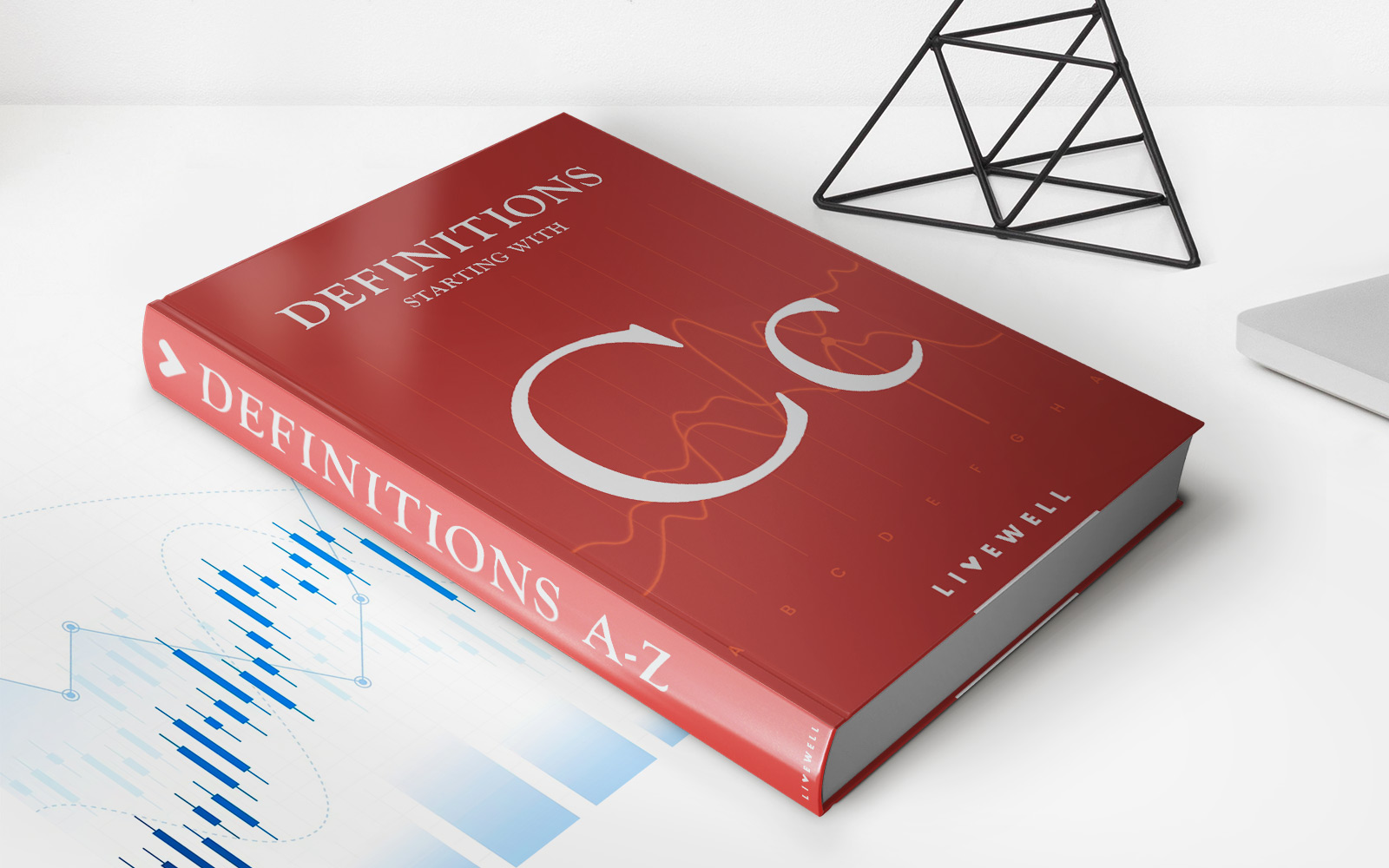Home>Finance>What Is A Good Amount Of Revolving Credit To Have


Finance
What Is A Good Amount Of Revolving Credit To Have
Published: February 29, 2024
Find out the ideal amount of revolving credit to maintain for optimal financial health. Learn how to manage your finances effectively.
(Many of the links in this article redirect to a specific reviewed product. Your purchase of these products through affiliate links helps to generate commission for LiveWell, at no extra cost. Learn more)
Table of Contents
Introduction
Welcome to the world of revolving credit! Whether you're a financial aficionado or just starting to navigate the realm of personal finance, understanding the nuances of revolving credit is crucial for managing your financial well-being. In this comprehensive guide, we'll delve into the concept of revolving credit, explore the factors to consider, and uncover the impact of revolving credit on your credit score. Moreover, we'll help you determine the optimal amount of revolving credit that aligns with your financial goals and credit profile.
Revolving credit is a fundamental component of the modern financial landscape, encompassing credit cards, lines of credit, and other flexible borrowing mechanisms. Unlike installment loans, which are repaid through fixed monthly payments over a predetermined period, revolving credit allows borrowers to utilize a pre-approved line of credit at their discretion. This flexibility empowers individuals to manage their ongoing financial needs, from everyday expenses to unexpected emergencies, with ease and convenience.
As we embark on this insightful journey, we'll unravel the intricacies of revolving credit, shedding light on its impact on credit scores and overall financial health. By the end of this guide, you'll possess the knowledge and confidence to make informed decisions regarding the optimal amount of revolving credit for your unique financial circumstances. So, let's embark on this enlightening exploration of revolving credit and empower ourselves with the wisdom to navigate the financial landscape with finesse.
Understanding Revolving Credit
Revolving credit is a dynamic financial tool that provides individuals with access to a predetermined line of credit, which can be utilized at their discretion. Unlike traditional installment loans, such as mortgages or auto loans, where a fixed amount is borrowed and repaid in regular installments, revolving credit offers flexibility in borrowing and repayment. The most common form of revolving credit is the ubiquitous credit card, which allows cardholders to make purchases up to a certain credit limit and carry a balance from month to month, subject to interest charges.
One of the defining features of revolving credit is its revolving nature, wherein the available credit replenishes as payments are made, allowing borrowers to reuse the funds as needed. This revolving aspect distinguishes it from installment credit, where once the borrowed amount is repaid, the account is closed. Additionally, revolving credit often comes with variable interest rates, which can impact the cost of carrying a balance and the overall affordability of the credit.
Furthermore, revolving credit grants individuals the flexibility to manage their ongoing financial needs, whether it involves making everyday purchases, covering unexpected expenses, or addressing short-term cash flow gaps. This adaptability makes revolving credit a valuable financial tool for individuals and businesses alike, providing a safety net for unforeseen expenses and serving as a convenient source of funds when needed.
It’s important to note that while revolving credit offers flexibility and convenience, it also requires responsible management to avoid excessive debt accumulation and high-interest costs. Understanding the terms and conditions of revolving credit, including interest rates, fees, and repayment requirements, is essential for leveraging this financial tool effectively while safeguarding one’s financial well-being.
Factors to Consider
When evaluating the optimal amount of revolving credit to have, several key factors come into play, shaping the decision-making process and influencing the overall financial impact. Understanding these factors is essential for making informed choices that align with your financial goals and credit management strategies.
- Credit Utilization Ratio: One of the primary considerations when determining the appropriate amount of revolving credit is the credit utilization ratio, which measures the amount of credit being used relative to the total available credit. Maintaining a low credit utilization ratio, ideally below 30%, is generally recommended to demonstrate responsible credit management and avoid potential negative effects on your credit score.
- Financial Needs and Goals: Assessing your financial needs and goals is crucial in gauging the appropriate level of revolving credit. Whether it involves managing day-to-day expenses, handling emergencies, or pursuing specific financial objectives, aligning the amount of revolving credit with your anticipated needs and long-term financial plans is essential.
- Income and Repayment Capacity: Considering your income level and repayment capacity is vital in determining the suitable amount of revolving credit. It’s important to borrow within your means and ensure that you can comfortably manage the repayment obligations associated with the credit utilized, minimizing the risk of financial strain or default.
- Interest Rates and Fees: Evaluating the interest rates and fees associated with revolving credit products is critical for understanding the cost of borrowing and the potential financial implications. Comparing different credit options and assessing the associated costs can aid in making informed decisions regarding the optimal amount of revolving credit to maintain.
- Credit Score Impact: Recognizing the impact of revolving credit on your credit score is paramount. Responsible utilization of revolving credit can contribute positively to your credit profile, while excessive borrowing and high credit utilization can have adverse effects on your credit score and overall financial health.
By carefully considering these factors and evaluating their interplay within your unique financial circumstances, you can make informed decisions regarding the appropriate amount of revolving credit to have, leveraging this financial tool effectively while safeguarding your financial well-being.
The Impact of Revolving Credit on Your Credit Score
Revolving credit plays a pivotal role in shaping your credit score, exerting a significant influence on your overall creditworthiness and financial standing. Understanding how revolving credit impacts your credit score is crucial for managing your credit profile effectively and optimizing your financial potential.
One of the key factors in credit scoring models is the credit utilization ratio, which reflects the proportion of available credit being utilized. This ratio holds considerable weight in determining your credit score, with lower utilization generally correlating with higher scores. Maintaining a low credit utilization ratio, particularly in the context of revolving credit, demonstrates responsible credit management and financial prudence, signaling to lenders that you are not overly reliant on credit and are capable of managing your finances effectively.
Additionally, the length of your credit history, which encompasses the age of your accounts and the duration of credit utilization, contributes to your credit score. Revolving credit accounts, especially those held for an extended period with a positive repayment history, can bolster the length of your credit history, potentially enhancing your credit score and lending credibility to your financial track record.
Furthermore, the manner in which you manage your revolving credit, including making timely payments, avoiding excessive borrowing, and maintaining a healthy credit mix, can impact your credit score positively. Consistent and responsible utilization of revolving credit reflects financial discipline and reliability, factors that resonate positively with credit scoring models and can elevate your creditworthiness.
Conversely, mismanagement of revolving credit, such as carrying high balances, missing payments, or frequently maxing out credit lines, can have detrimental effects on your credit score, potentially leading to a decline in creditworthiness and increased financial risk. It’s imperative to exercise prudence and responsible usage of revolving credit to safeguard your credit score and overall financial well-being.
By recognizing the profound impact of revolving credit on your credit score and adopting prudent credit management practices, you can harness the potential of revolving credit to bolster your creditworthiness and pave the way for enhanced financial opportunities.
Determining the Right Amount of Revolving Credit
Deciding on the optimal amount of revolving credit to have hinges on a thoughtful assessment of your individual financial circumstances, goals, and credit management strategy. By considering various factors and aligning the amount of revolving credit with your specific needs, you can strike a balance that supports your financial well-being and credit objectives.
One of the primary considerations in determining the right amount of revolving credit is your financial needs and usage patterns. Assessing your typical expenses, emergency fund requirements, and anticipated major purchases can provide insights into the level of revolving credit that aligns with your ongoing financial demands. By gauging your expected usage and maintaining a buffer for unforeseen expenses, you can establish a suitable credit limit that caters to your financial requirements without encouraging excessive borrowing.
Furthermore, evaluating your credit utilization ratio is pivotal in determining the appropriate amount of revolving credit. Aim to maintain a low credit utilization ratio, ideally below 30%, to demonstrate responsible credit management and mitigate potential negative impacts on your credit score. Calculating your current and anticipated credit utilization based on your proposed revolving credit amount can guide you in making informed decisions that support a healthy credit profile.
Assessing your income and repayment capacity is equally essential in gauging the right amount of revolving credit. Borrowing within your means and ensuring that you can comfortably manage the repayment obligations associated with the credit utilized is paramount for financial stability. Consider your income stability, existing debt obligations, and the potential impact of additional credit on your monthly budget to ascertain a manageable and sustainable level of revolving credit.
Moreover, comparing the features, terms, and costs of different revolving credit products can aid in determining the right amount of credit to have. Evaluating interest rates, fees, rewards, and other pertinent factors across various credit options can empower you to select the most suitable credit lines that align with your financial preferences and minimize the overall cost of borrowing.
By integrating these considerations and conducting a comprehensive assessment of your financial landscape, you can determine the right amount of revolving credit that harmonizes with your financial goals, credit management principles, and long-term financial well-being.
Conclusion
As we conclude our exploration of revolving credit and the determination of the optimal amount to maintain, it’s evident that this financial tool holds substantial implications for individuals seeking to manage their finances effectively and cultivate a robust credit profile. Revolving credit, encompassing credit cards, lines of credit, and other flexible borrowing mechanisms, offers unparalleled convenience and adaptability, enabling individuals to address their ongoing financial needs with ease.
Throughout this guide, we’ve underscored the significance of understanding the factors that influence the determination of the right amount of revolving credit. From assessing credit utilization ratios and financial needs to considering income stability and the impact on credit scores, a holistic evaluation is essential for making informed decisions that align with one’s financial objectives and credit management strategy.
By maintaining a judicious balance between the level of revolving credit and individual financial circumstances, individuals can harness the benefits of this financial tool while mitigating the risks associated with excessive borrowing and high credit utilization. Striving to maintain a low credit utilization ratio, aligning the credit limit with anticipated usage, and ensuring manageable repayment obligations are fundamental tenets of responsible revolving credit management.
Moreover, recognizing the profound impact of revolving credit on credit scores highlights the importance of prudent credit utilization and management. By exercising financial discipline, making timely payments, and avoiding excessive borrowing, individuals can fortify their creditworthiness and pave the way for enhanced financial opportunities.
In essence, the determination of the right amount of revolving credit is a nuanced undertaking that necessitates a comprehensive understanding of one’s financial landscape and prudent credit management practices. By integrating the insights gleaned from this guide and applying them to your unique financial circumstances, you can navigate the realm of revolving credit with confidence and purpose, leveraging this financial tool to bolster your financial well-being and creditworthiness.
Armed with this knowledge, you are well-equipped to make informed decisions regarding the optimal amount of revolving credit, ensuring that it aligns harmoniously with your financial goals and sets the stage for a secure and prosperous financial future.














